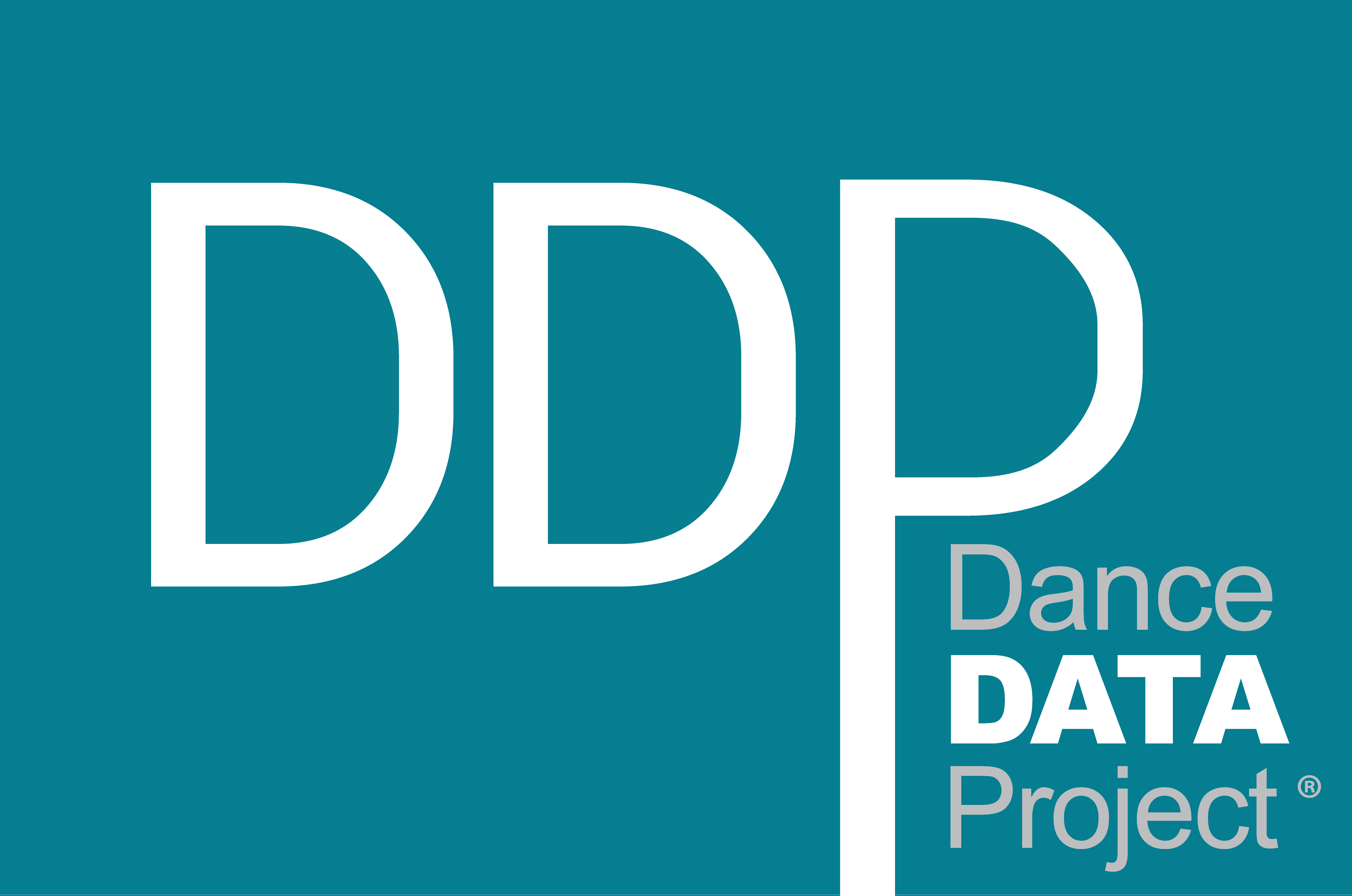DDP Founder in Cincinnati Enquirer: Cincinnati Ballet sets national standard for female inclusion
"The Devil Ties My Tongue" by Amy Seiwert performed for the SKETCH Series, 2013. Photo by David DeSilva. Courtesy of Amy Seiwert's Imagery
April 30th: South Arts: Professional Development & Artistic Planning Grants, April 30th: South Arts: Express Grants, May 6th: Doris Duke Foundation Grant, May 7th: South Arts Individual Artist Career Opportunity Grant, May 27th: Dancemakers Residency, June 1st: Miami DanceMakers
×
"The Devil Ties My Tongue" by Amy Seiwert performed for the SKETCH Series, 2013. Photo by David DeSilva. Courtesy of Amy Seiwert's Imagery
By David Lyman
18 June 2019
DDP correction: The article states below, “Among the nation’s top 50 ballet companies, only 13 of the most prestigious full-length works are by women. Of those 13, two were commissioned by Cincinnati Ballet.” The correct number of full-length ballets by women announced for the upcoming season as of May 19, 2019 (as stated in DDP’s report) is 11; two of these ballets are indeed announced for Cincinnati Ballet’s season (one being a second company work).
“The numbers are shocking,” says Elizabeth Yntema, founder and president of the Chicago-based Dance Data Project.
She’s talking about the lack of female choreographers in America’s ballet companies.
“We’ve been talking about this for years,” says Yntema, “but almost nothing has changed.”
Consider these numbers, which Yntema shared in a pair of presentations at the recent annual conference of Dance/USA, the national service organization for professional dance. Analyzing statistics from the nation’s top 50 ballet companies, she found that:
One of the rare exceptions to all of this, she points out, is Cincinnati Ballet, where artistic director Victoria Morgan has championed the works of female choreographers for more than a decade.
According to the DDP report:
Cincinnati Ballet isn’t completely alone. Yntema’s study noted a handful of other companies, most notably Sacramento Ballet – led by Cincinnatian Amy Seiwert – and Philadelphia’s Ballet X.
“But for the most part, you’re seeing very little progress from the largest companies,” she says. “What makes all this worse is that critics from the largest publications almost never see these other companies. Traditional journalism has been cut, so there is this massive disconnect between the biggest cities and the work that is being done in the rest of the country, particularly the ones being led by women. Often, they don’t get reviewed, so they’re invisible to the rest of the world.”
Read the full article in the Cincinnati Enquirer.
Reach out to us to learn more about our mission.
"The Devil Ties My Tongue" by Amy Seiwert performed for the SKETCH Series, 2013. Photo by David DeSilva. Courtesy of Amy Seiwert's Imagery

 New York Times: Gender Stereotypes Banned in British Advertising
New York Times: Gender Stereotypes Banned in British Advertising
Leave a Reply
Want to join the discussion?Feel free to contribute!